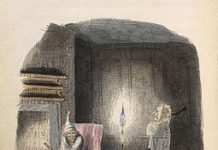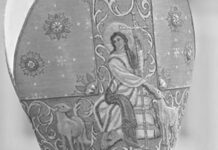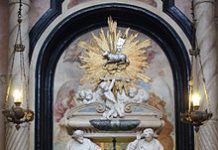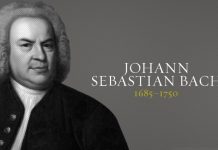Mozart’s Great Mass in C Major, the ‘Coronation Mass’, Krönungsmesse – so called since it was a favorite of the imperial court, performed often in thanksgiving for some great event – was completed on March 23, 1779 and premiered the following Easter Sunday, April 4th, in the presence of the Holy Roman Emperor, Francis II.
It may seem odd to our latitudinarian tendencies for such glorious, operatic music to be performed in an actual Mass, and Pope Saint Pius X promulgated Tra le Sollecitudini on November 22 (Saint Caecila!) in 1903, to scale back the opera, and put in more sombre and reflective Gregorian chant. There were excesses – Verdi’s Rigoletto – but there is something to be said for classical music in Liturgy. Mozart’s Masses, and many other pieces from Catholic composers, have been used at Mass through the ages, up to our modern era. The Krönungsmesse was performed in the Mass of Saints Peter and Paul on June 29, 1985, at Saint Peter’s Basilica, with Pope Saint John Paul II. Our Schola here at Our Lady Seat of Wisdom have sung parts of this composition at a Mass any number of times (and here’s to the full return to music!).
In light of Christmas, here is the Et Incarnatus Est from the high point of the Credo – and the Word was made Flesh – as sung by the incomparable Regula Mühlemann. Imagine kneeling throughout this at Midnight Mass!
(source: Wikipedia.org)












